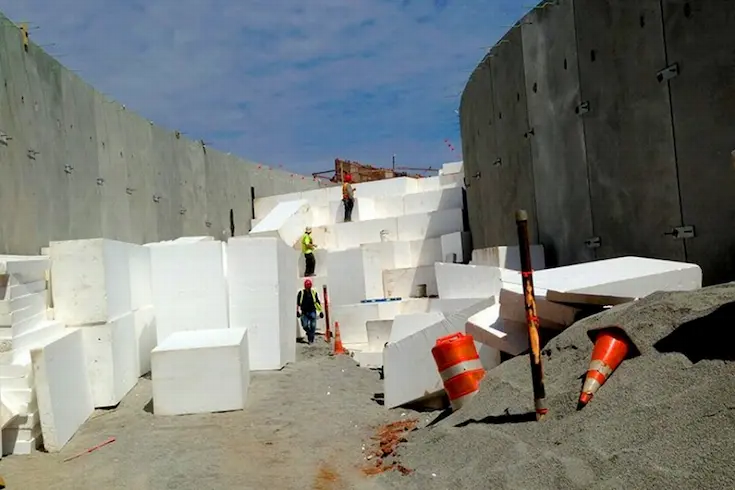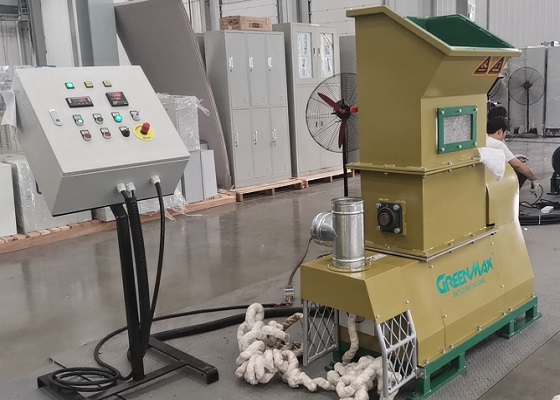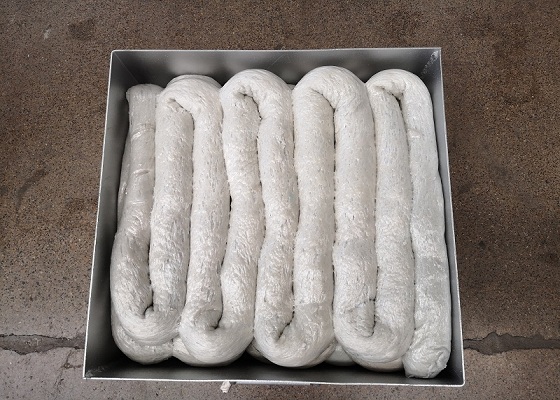Eliminating Potential Safety Hazards: The Necessity of Recycling Styrofoam at Construction Sites
Recently, there was a news report that in Melbourne, with the bad weather, a woman was chased and pummelled by some loose waste Styrofoam, which was from a nearby construction site, and was blown off by a storm. The scene was caught on a camera. While sympathizing with this lady, we should also pay attention to the potential safety hazards of the construction site caused by Styrofoam waste.

As one of the most frequently used materials in construction sites, Styrofoam is often used to manufacture heat insulation panels or as protective packaging for other materials. For any Styrofoam user or company, it is greatly difficult to manage this material.
There are two reasons for this situation. One is that the density of this material is too small, which will not only occupy a lot of space but also make it easy to scatter or move everywhere and difficult to fix at one site. The second is that it cannot be degraded naturally. The best disposal method is to be transported to the landfill, but the rising landfill cost is prohibitive. Therefore, Styrofoam recycling is very necessary at construction sites.

There are two kinds of recycling methods, including simple secondary utilization. For example, many people use Styrofoam boxes to make pet nests, and others use Waste Styrofoam boards to make house decorations. As long as you simply draw and cut processing, you can get beautiful decorations.
In addition, there is complete terminal recycling based on the Styrofoam identifier. Styrofoam densifier thoroughly processes Styrofoam waste on the construction site by means of hot melting. After the compact ingots are obtained, it not only saves space but also can be put into the granulation line. Styrofoam densifier directly connects the process of recovery and particle production.

Finally, simple recycling is the most convenient for individuals. However, for construction sites or some large companies, Styrofoam waste cannot be recycled by this means. Styrofoam densifier is undoubtedly the best method, which not only eliminates potential safety hazards but also has a far-reaching positive impact on the environment.
